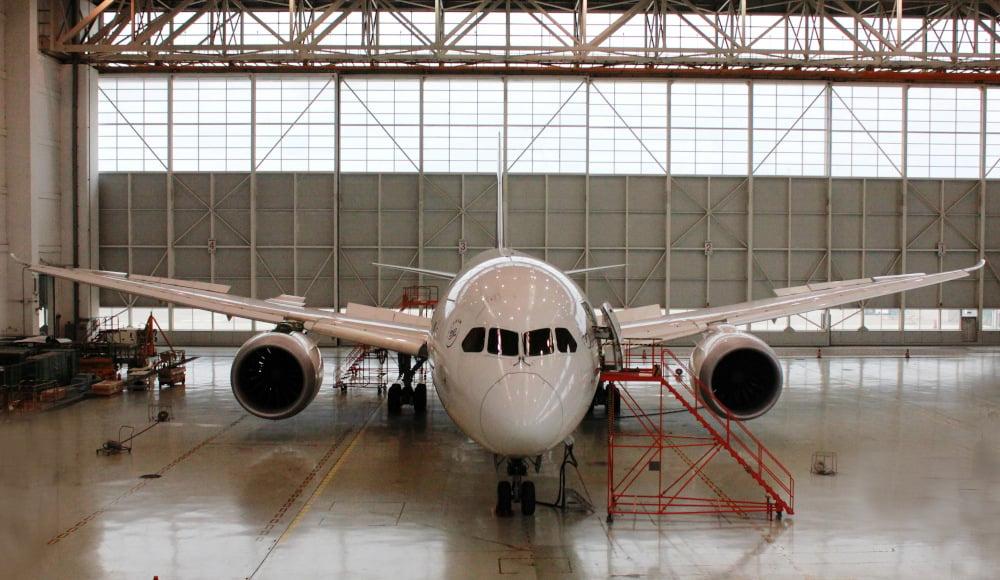
This year it has become apparent that China is seeking to bring ownership of its passenger and freighter aircraft fleet within its own borders.
Having observed how Russia was cut off from the global leasing market in the wake of its invasion of Ukraine, Chinese lessors – which are mostly arms of the big state-owned banks – are being prodded to offload their foreign exposures and buy up Chinese airline aircraft owned by non-Chinese lessors.
Western lessors are likely to be amenable to such moves to avoid any chance of something like Russia’s expropriation of their assets repeating itself.
By themselves, these changes of ownership are unlikely to cause much of a stir in the aftermarket, given that the aircraft operators, which are contractually responsible for maintenance, will not change.
However, more changes may be afoot if China wants to bolster further its self-reliance. The country already has a thriving MRO sector, although many parts were developed as joint ventures with Western companies.
For example, Ameco Beijing was established by Lufthansa Technik (LHT) and Air China in 1989, since when many Western companies have followed the German lead.
These include Boeing Shanghai Aviation Services, a base maintenance and cargo conversion JV with China Eastern; FL ARI Aircraft Maintenance & Engineering, a JV between China Aircraft Leasing and FL Technics; GE Aviation Services (Xiamen), a JV with China Eastern; Lufthansa Technik Shenzhen, a component maintenance JV with Beijing Kailan Aviation Technology; MTU Maintenance Zuhai, a narrowbody engine maintenance facility run by MTU and China Southern; Pratt & Whitney Shanghai Engine Center, a JV with China Eastern; and SSAMC, CFM’s engine overhaul JV with Air China.
The question is whether all these partnerships will survive as China pushes for more self-sufficiency in the commercial aircraft market.





